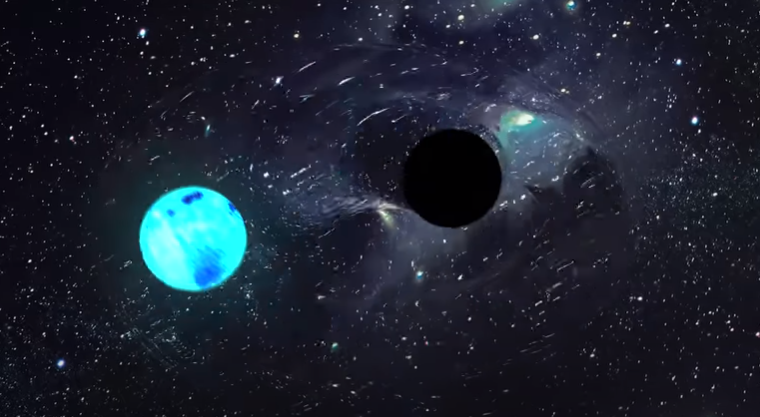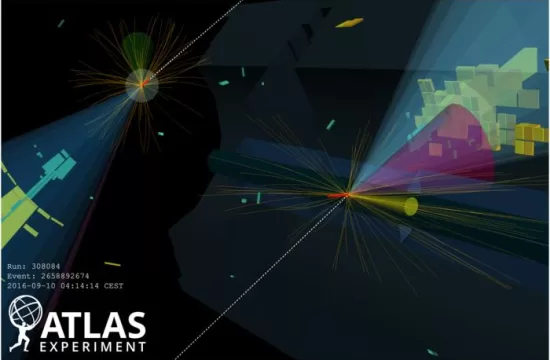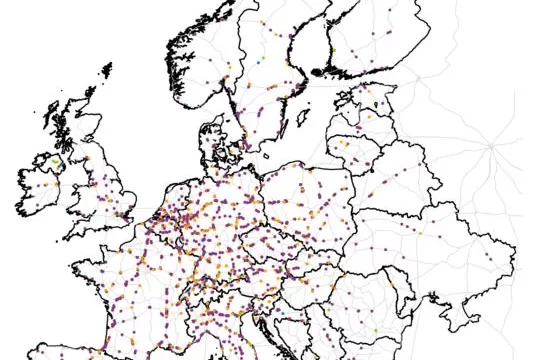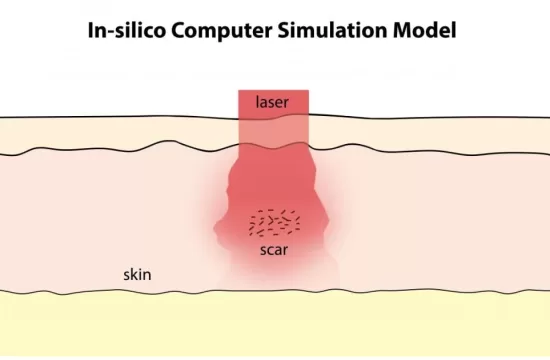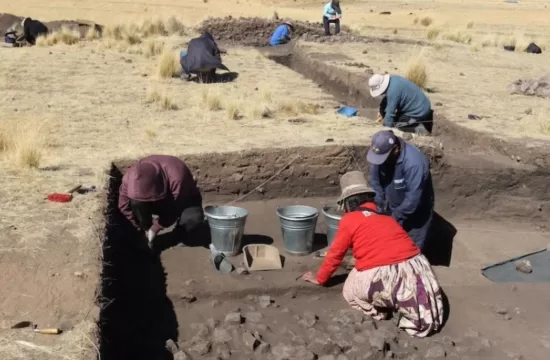For the first time, researchers have confirmed the detection of a collision between a black hole and a neutron star. In fact, the scientists detected not one but two such events occurring just 10 days apart in January 2020. The extreme events made splashes in space that sent gravitational waves rippling across at least 900 million light-years to reach Earth. In each case, the neutron star was likely swallowed whole by its black hole partner.
Gravitational waves are disturbances in the curvature of space-time created by massive objects in motion. During the five years since the waves were first measured, a finding that led to the 2017 Nobel Prize in Physics, researchers have identified more than 50 gravitational-wave signals from the merging of pairs of black holes and of pairs of neutron stars. Both black holes and neutron stars are the corpses of massive stars, with black holes being even more massive than neutron stars.
Now, in a new study, scientists have announced the detection of gravitational waves from two rare events, each involving the collision of a black hole and a neutron star. The gravitational waves were detected by the National Science Foundation’s (NSF’s) Laser Interferometer Gravitational-Wave Observatory (LIGO) in the United States and by the Virgo detector in Italy. The KAGRA detector in Japan, joined the LIGO-Virgo network in 2020, but was not online during these detections.
The first merger, detected on January 5, 2020, involved a black hole about 9 times the mass of our sun, or 9 solar masses, and a 1.9-solar-mass neutron star. The second merger was detected on January 15, and involved a 6-solar-mass black hole and a 1.5-solar-mass neutron star. The results will be published June 29 in The Astrophysical Journal Letters.
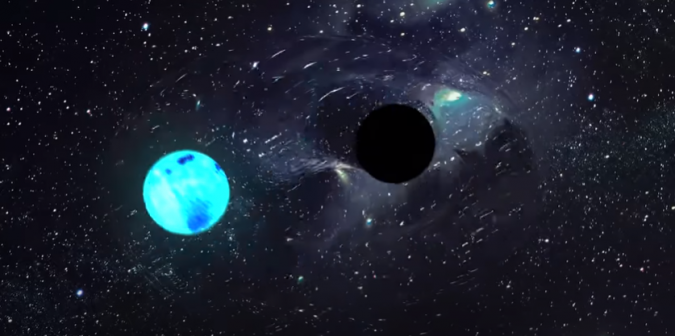
Astronomers have spent decades searching for neutron stars orbiting black holes in the Milky Way, our home galaxy, but have found none so far. “With this new discovery of neutron star- black hole mergers outside our galaxy, we have found the missing type of binary. We can finally begin to understand how many of these systems exist, how often they merge, and why we have not yet seen examples in the Milky Way,” says Astrid Lamberts, CNRS researcher of the Virgo collaboration at Artemis and Lagrange laboratories, in Nice.
The first of the two events, GW200105, was observed by the LIGO Livingston and Virgo detectors. It produced a strong signal in the LIGO detector but had a small signal-to-noise in the Virgo detector. The other LIGO detector, located in Hanford, Washington, was temporarily offline. Given the nature of the gravitational waves, the team inferred that the signal was caused by a black hole colliding with a 1.9-solar-mass compact object, later identified as a neutron star. This merger took place 900 million light-years away.
“Even though we see a strong signal in only one detector, we conclude that it is real and not just detector noise. It passes all our stringent quality checks and sticks out from all noise events we see in the third observing run,” says Harald Pfeiffer, group leader in the Astrophysical and Cosmological Relativity department at Max Planck Institute for Gravitational Physics (AEI) in Potsdam, Germany.
Because the signal was strong in only one detector, the location of the merger on the sky remains uncertain, lying somewhere in an area that is 34,000 times the size of a full moon.
“While the gravitational waves alone don’t reveal the structure of the lighter object, we can infer its maximum mass. By combining this information with theoretical predictions of expected neutron star masses in such a binary system, we conclude that a neutron star is the most likely explanation,” says Bhooshan Gadre, a postdoctoral researcher at the AEI.
The second event, GW200115, was detected by both LIGO detectors and the Virgo detector. GW200115 comes from the merger of a black hole with a 1.5-solar mass neutron star that took place roughly 1 billion light-years from Earth. Using information from all three instruments, scientists were better able to narrow down the part of the sky where this event occurred. Nevertheless, the localized area is almost 3,000 times the size of a full moon.
Astronomers were alerted to both events soon after they were detected in gravitational waves and subsequently searched the skies for associated flashes of light. None were found. This is not surprising due to the very large distance to these mergers, which means that any light coming from them, no matter what the wavelength, would be very dim and hard to detect with even the most powerful telescopes. Additionally, the mergers likely did not give off a light show in any case because their black holes were big enough that they swallowed the neutron stars whole.
“These were not events where the black holes munched on the neutron stars like the cookie monster and flung bits and pieces about. That ‘flinging about’ is what would produce light, and we don’t think that happened in these cases,” says Patrick Brady, a professor at University of Wisconsin-Milwaukee and Spokesperson of the LIGO Scientific Collaboration.
Previously, the LIGO-Virgo network found two other candidate neutron star-black hole mergers. One event called GW190814, detected August 14, 2019, involved a collision of a 23-solar-mass black hole with an object of about 2.6 solar masses, which could be either the heaviest known neutron star or the lightest known black hole. Another candidate event, called GW190426, and detected on April 26, 2019, was thought to possibly be a neutron star-black hole merger, but could also simply be the result of detector noise.
Having confidently observed two examples of gravitational waves from black holes merging with neutron stars, researchers now estimate that, within one billion light-years of Earth, roughly one such merger happens per month.
“The detector groups at LIGO, Virgo, and KAGRA are improving their detectors in preparation for the next observing run scheduled to begin in summer 2022,” says Brady. “With the improved sensitivity, we hope to detect merger waves up to once per day and to better measure the properties of black holes and super-dense matter that makes up neutron stars.”

